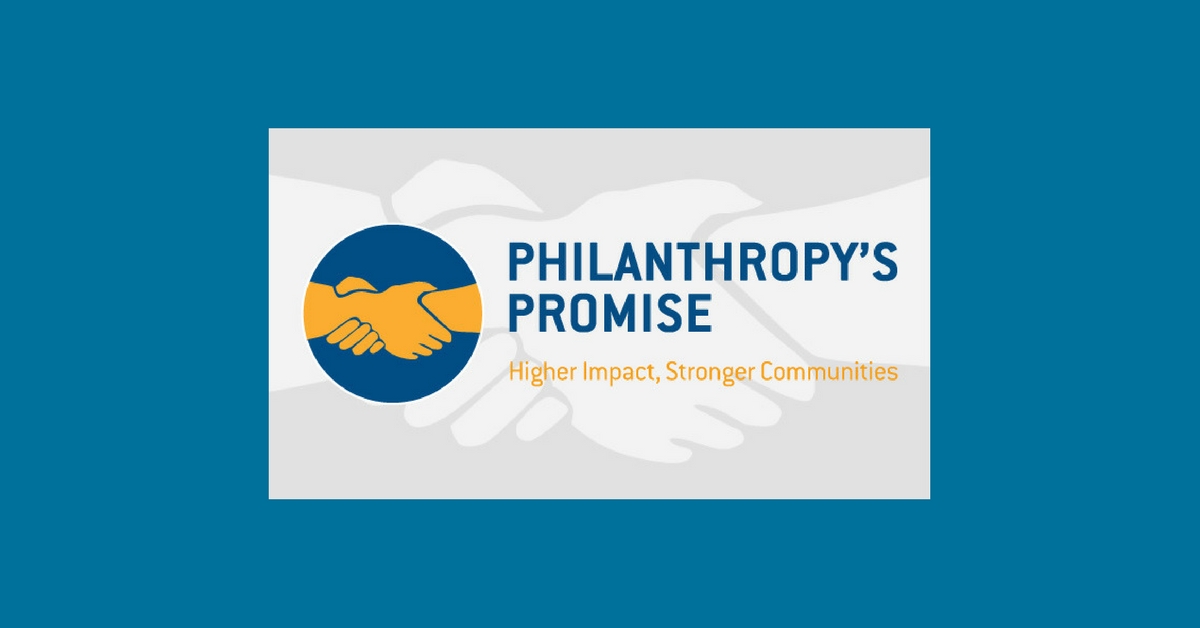Throughout the good and the bad, the lows and highs, markets bull and bear, one thing has remained the same: Charitable giving is part of the America psyche. For better or worse, it’s part of who we are. In 2014, 86,726 foundations gave a combined $60 billion and controlled assets of more than $865 billion[1].
Like the wealth inequality of individuals in America, much of this money comes from a small group of heavily funded foundations. The 50 largest foundations represent nearly 30 percent of all foundation assets and control more than $250 billion. The vast majority of these foundations are funded by ultra-wealthy families and large corporations. With the level of financial power these foundations hold, philanthropy no doubt wields a great deal of power and influence. Who they decide to grant funds to, where their money comes from and how their decisions are made affect millions of people.
Philanthropy is an essential part of the American free market economy. We tend to have a low tax rate[2], high level of inequality and business laws that allow for the amassing of enormous amounts of wealth. While the bottom 80 percent of Americans own only 7 percent of the wealth, the top 1 percent owns 34.6 percent.
Under the conservative principles that encourage an unrestricted free market is an understanding that philanthropy will step in to make things better. You might forget that the average CEO makes 204 times what their workers do[3] if they have a charitable foundation. You might forget that a company moves their plant overseas if their corporate foundation supports your alma mater. With no standard, limited rules and generous tax implications, philanthropy can become something quite different than it seems.
What is understood by most to be a tool fighting inequality can in turn become a sinister curtain, veiling the forces that cause it in the first place.
Philanthropy is tightly connected to the systems at the root of injustice issues, but it can also be a force against them. When funding goes to the right people and enables them to empower themselves to make needed changes, philanthropy becomes a force for good. For instance, imagine a $200,000 donation going to help people affected by poverty. You could potentially help dozens of people for a short amount of time and feel pretty good about yourself.
However, you are doing nothing to change the circumstances of poverty and could even be allowing for their continuation. Employers might see charity as another income for their workers and feel no obligation to raise wages. On the other hand, you could put that money into a campaign to raise the minimum wage and affect thousands of people for years.
NCRP’s Philanthropy’s Promise standard is meant to encourage just that.
Introduced a few years ago at NCRP, Philanthropy’s Promise is a commitment that a foundation will give at least 50 percent of its funding to underserved communities and at least 25 percent to social justice strategies, namely nonprofit advocacy, community organizing and civic engagement. These are two specific ways that foundations can be more strategic and intentional with their giving. These principles are meant to ensure that the root causes of social problems are addressed instead of just the symptoms. Today, Philanthropy’s Promise has 203 signatories representing all types of foundations across the country.
According to our Pennies for Progress report, in the years covering 2003-2013, only about one-third of the 1,000 largest foundations combined funding, representing $16.6 billion, went to underserved communities. Of these, 90 percent give less than half to these communities. Only 10 percent of foundation money went towards empowering people and addressing the root causes of inequality.
There’s work to be done. If every large foundation followed the Philanthropy’s Promise standard, billions more philanthropic dollars would go to communities of color, immigrants, children and women. Billions more would go to fighting for causes like health equity, environmental justice, human rights and campaign finance reform.
None of this is meant to say philanthropy hasn’t done enormous good. It’s simply that we cannot assume that because something might seem obvious, popular or the right thing to do that it will happen. We have a responsibility to see that philanthropy helps those that need it most. We have a responsibility to understand that philanthropy needs to fight the systemic issues that put us here in the first place.
 Henry Lagrimini is NCRP’s membership intern. Follow @NCRP on Twitter.
Henry Lagrimini is NCRP’s membership intern. Follow @NCRP on Twitter.
[1] http://data.foundationcenter.org/
[2] Out of the 35 countries making up the OECD, a group more-or-less representing developed economies, the U.S. has the third-lowest tax rate, followed only by Mexico and Chile.

 Yesterday the
Yesterday the 